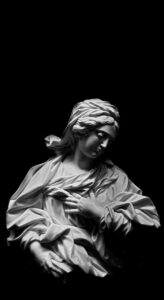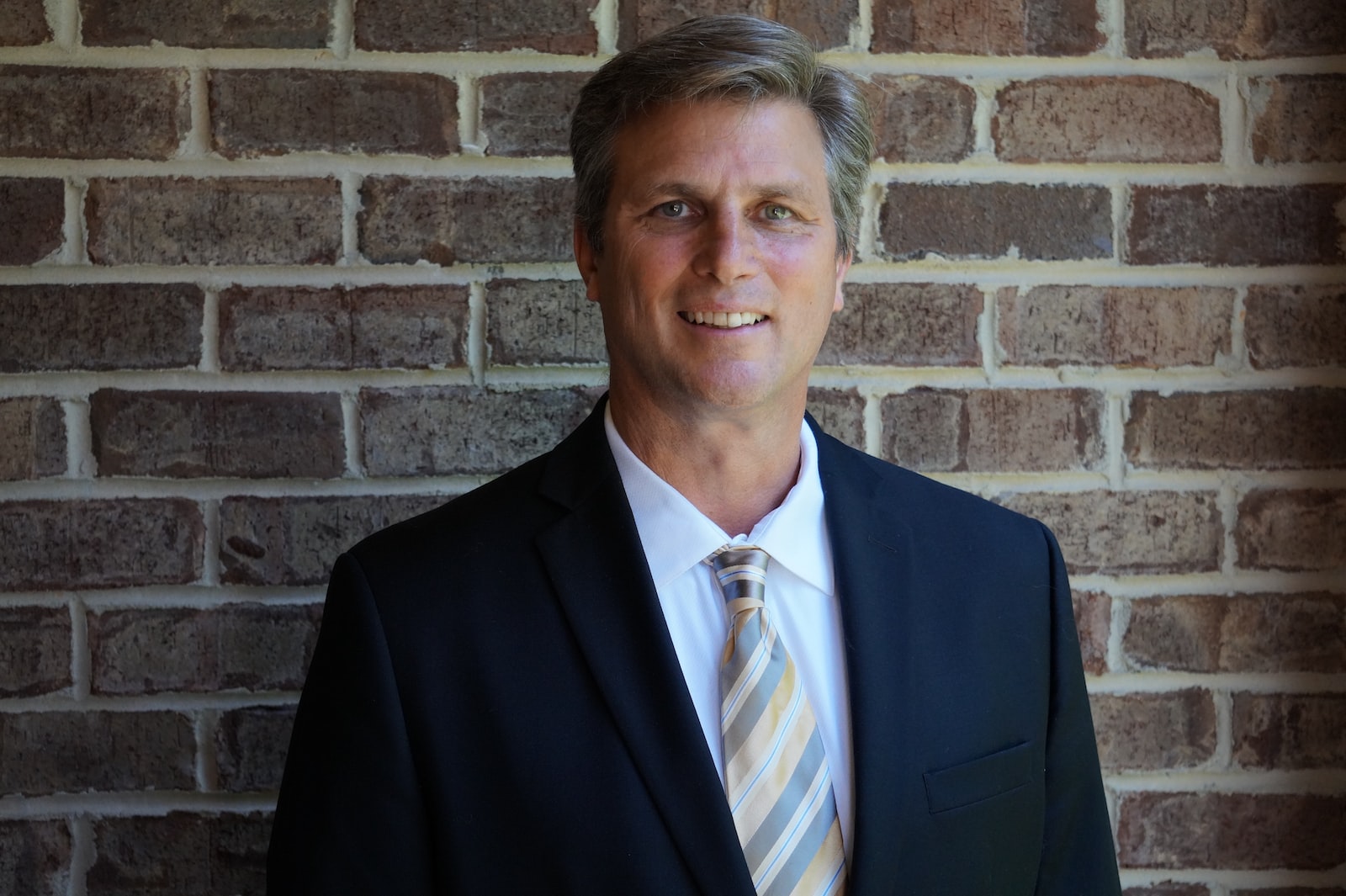There is a connection between the precision of an instrument we used to measure and what we find in using that instrument. The Roman physician Galen noticed that blood pouring from some wounds was darker than blood pouring from others. We know that the lighter or brighter red blood was arterial, infused with oxygen on its way to the cells. And the darker blood was venous, emptied of life, giving oxygen and on its way back to the lungs to be reinfused.
Lacking the science and the instruments to measure those things we know today, he came up with a theory that red blood was life giving while black or dark blood was life threatening. Obviously, if a person was sick or injured, he theorized, getting rid of as much of the black or dark blood as possible would be helpful to regain vigor. The best way to do that was through “bleeding”–intentionally opening a vein where the black blood was and getting as much of it out of the body as possible.
Leeuwenhoek, a Dutchman, didn’t think illness was a function of the color of blood. He noticed that in two villages near to each other, one village was regularly and profoundly ill, while the nearby village rarely struggled. As the son of a lens maker, he took one lens from his shop and looked at a small sample of water from both villages. In the struggling village, he saw things in the water that were absent from the healthy village’s supply. They looked to him, like little animals, so he called them that–in Latin–paramecium. With a new instrument, with higher precision, a new cause for illness surfaced–contaminated water.
Pasteur had better instruments and identified bacteria as problematic. Later, in the 20th century, electron microscopes found viruses and then DNA–all contributors to human health and suffering.
During the Covid-19 pandemic we can identify, track and separate out every minute variant of the virus, allowing us to see and track things we’ve never had the instrumentation to manage previously.
Instruments matter because how we measure affects so much of how we respond and live once we’ve established a metric.
Our existing paradigms or ways of looking at things are instruments. They are the product of personal and group experience. We sort through that experience and create a form of “instrumentation” to allow us to move through life. Some of those paradigms are fairly basic and often flawed–like Galen’s “dark blood”. Other paradigms are more precise, like Pasteur’s compound microscope. But any instrument needs to be challenged and constantly improved if it is to be not only accurate but useful.
Many of us have paradigms or perspectives we’ve held so long and so strongly that they’ve become the instruments we view life through. Some of those instruments are unintentionally, divisive, driving us to work against each other rather than learning to live “with” each other.
Growing up around farm animals, I’ve always had a respect for them. They are living, clearly sentient beings deserving of proper care, even if they are being raised for food. They should never suffer. But, I have to admit when our daughter grew up to care more about animals than some humans; I was surprised. Taking part in horse rescue and then greyhound rescue, she has dedicated her life to giving the attention, care and love to animals that I expected was appropriate for humans but a “bridge too far” for our furry friends. How wrong I have been.
It is common, at least in my experience, to see how many of us have developed hard and fast rules for various parts of life. I call this thinking in “black and white”–visual opposites in a spectrum of light. When you think this way, the instrument you bring to life — hard and fast rules — will struggle, especially when it encounters situations that don’t fit these hard and fast rules.
My hard and fast rules around the amount and type of personal love, devotion and care deserved by animals compared to humans have changed–dramatically. I see in our daughter every characteristic, worry, sacrifice and effort that a human would give to a human baby in her care for her horses and dogs.
What she has taught me is that “everything is black and white until it involves someone you love”. Love is the most powerful instrument guiding “with” rather than “against” that I know. It is the instrument that draws us together rather than pulls us apart.
Strongly held views on politics, race, gender, and so many other powerful issues of the day are softened and changed when those theoretical constructs involve someone you love.
So, what would happen if we connected more–if we found more reasons to be “with” rather than “against” each other–wouldn’t that be affinity, care or even love for each other that would knock a lot of the harsh and demanding edges of the “black or white” instrument and make it more loving, more human and more accepting. In my experience, it does.



